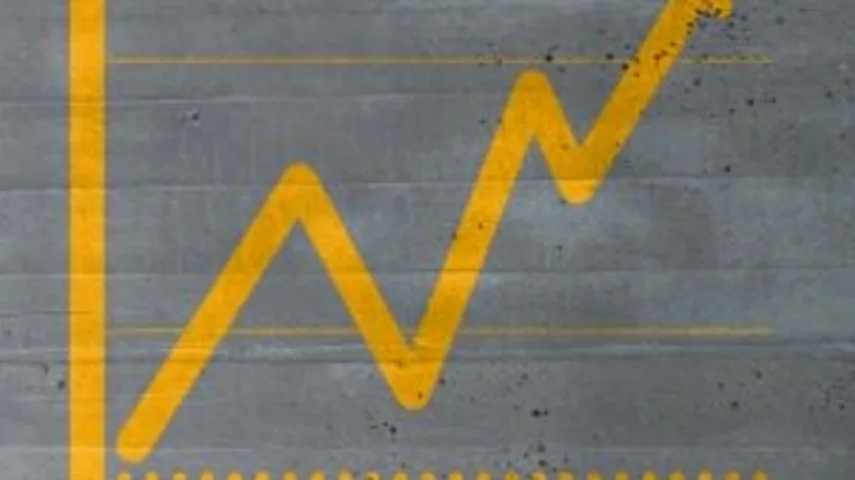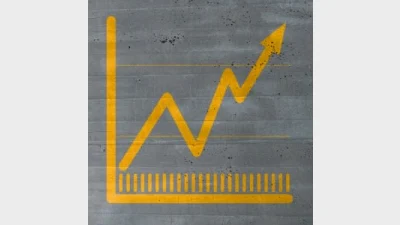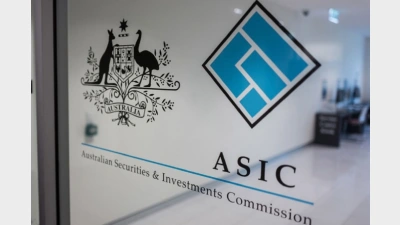Seventh consecutive year of positive returns



Despite the uncertainties created by the United Kingdom's vote to exit the European Union, Australian superannuation fund returns looked headed towards their seventh successive year in positive territory, according to the latest data from Chant West.
Chant West principal, Warren Chant cautioned, however, that some funds had performed better than others, with at least some funds likely to end the financial year in slightly negative territory.
Chant West has predicted that the median growth fund will post a small positive return of about 2.5 per cent, while some of the better-performed funds may deliver up to six per cent.
"This year has been another great example of the benefits of diversification," he said.
"Australian shares have essentially finished flat and global share markets have lost ground, but despite that the median growth fund still looks like producing a small positive result. That's because funds are so well diversified across a wide range of growth and defensive asset sectors, including alternative and unlisted assets that aren't prone to high volatility, they can successfully smooth out returns when listed markets are struggling."
"Of course, some funds will have performed better than others. We're expecting this year's top funds to report returns as high as six per cent, while the bottom end of the range is likely to be just in the red at about -0.5 per cent," Chant said.
He said that, generally speaking, the better performing funds would be those that had higher allocations to unlisted assets and Australian listed property and a lower exposure to shares. Those with substantial exposure to foreign currency would also have benefited, as would those that had a higher proportion of their defensive assets in bonds rather than cash.
Recommended for you
The Assistant Treasurer has reaffirmed the government’s commitment to strengthening retirement outcomes, consumer protections and cyber resilience in superannuation.
The industry super fund has advanced reconciliation efforts with a new initiative focused on improving outcomes for First Nations members.
The regulator has announced fresh legal actions in relation to the Shield and First Guardian fund failures.
The Gateway Network Governance Body has unveiled a detailed roadmap to guide the superannuation industry through the upcoming Payday Super reforms.









